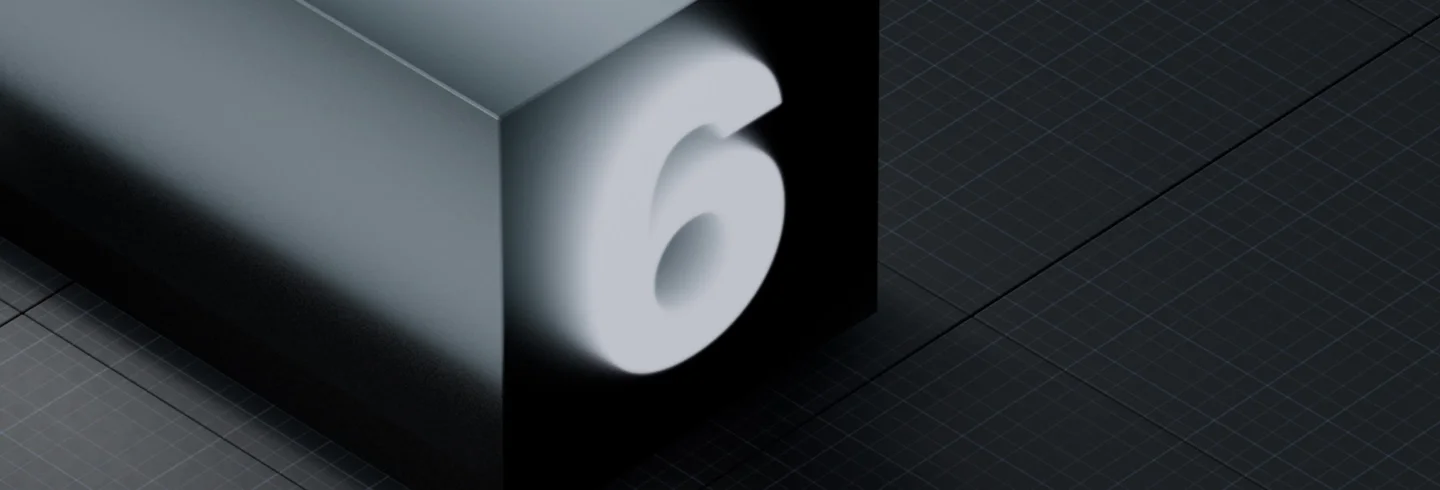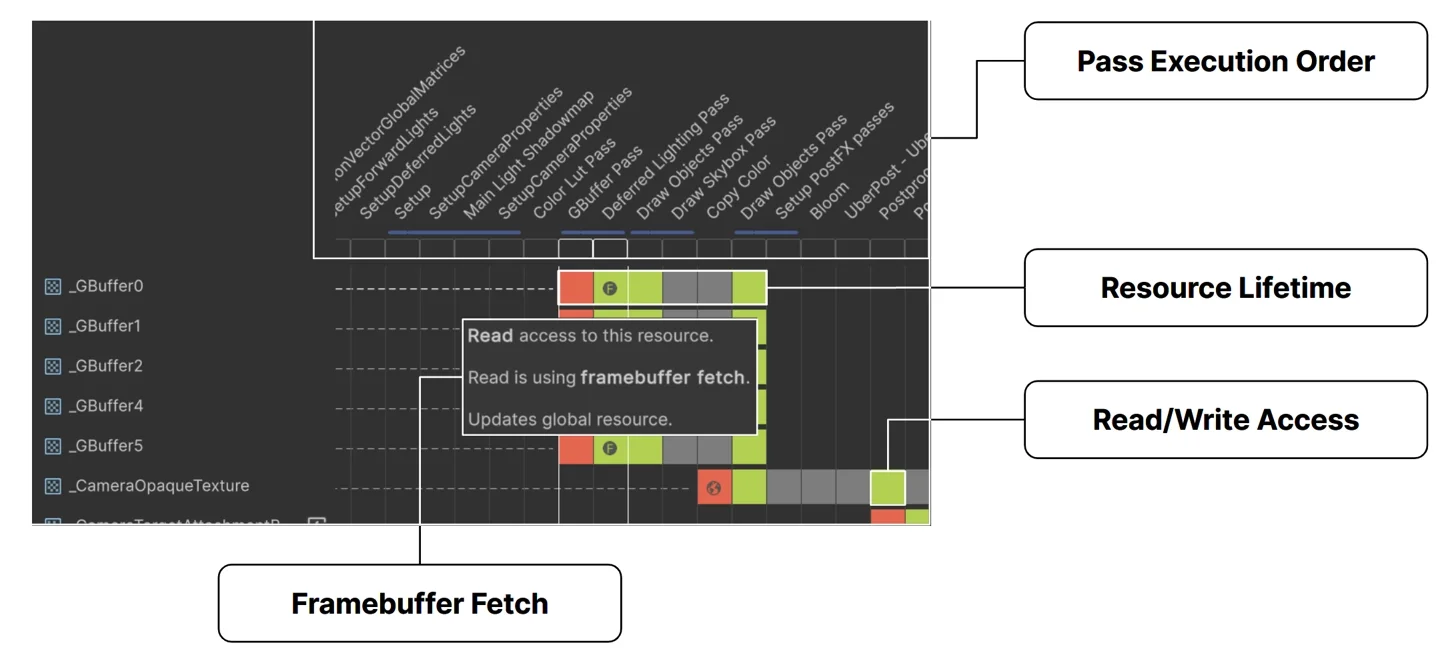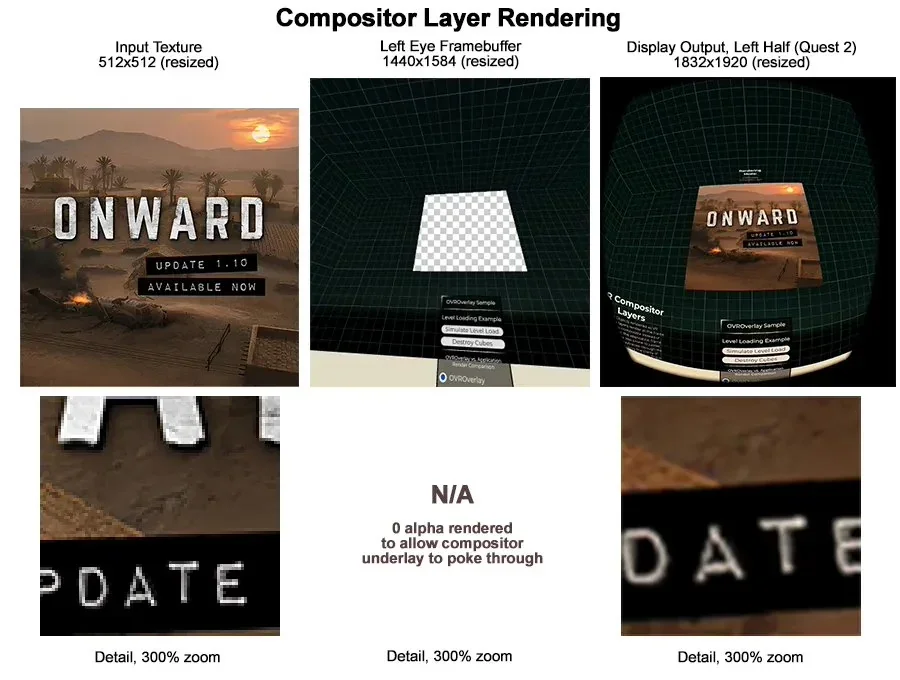On May 5th, Unity 6 Engine's technical preview version has been released, featuring a series of VR/XR optimization improvements,the update claims to significantly enhance the rendering quality of text, UI, and textures in relevant headset devices.。

According to the introduction, Unity 6 Engine has added a Foveated Rendering API, which supports devices like Meta Quest Pro / 3, and is capable of implementing first-party rendering features similar to Sony's PS VR2,it allows developers to decrease the resolution of the visuals outside of the user's focal point, thereby enhancing rendering performance.。


▲ Technical demonstration
Unity stated that the Foveated Rendering API is currently compatible with Oculus XR and PSVR 2 and will "soon" support OpenXR as well.
In addition, Unity 6 Engine has also added a new feature called Composition Layers, which is a technology aimed at rendering textures into XR/VR applications with the highest possible quality.
Currently, XR/VR applications typically render by drawing complete images, which are then further processed to fit the VR environment. This means that any content in the scene is sampled twice.It's a bit like taking a photo first in RAW format, then using the RAW file to generate a JPG.Therefore, it can reduce the quality of the final output.

In the recently released Unity 6 Engine, the Composition Layers feature allows developers to render textures directly in a special way,avoiding the issue of double sampling, thus improving the final quality of UI, text, textures, and other content.。
Source: IT Home


